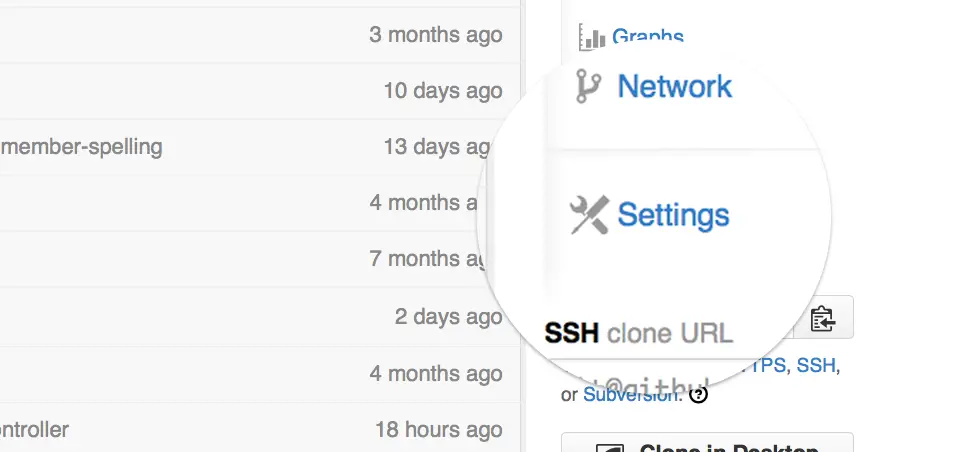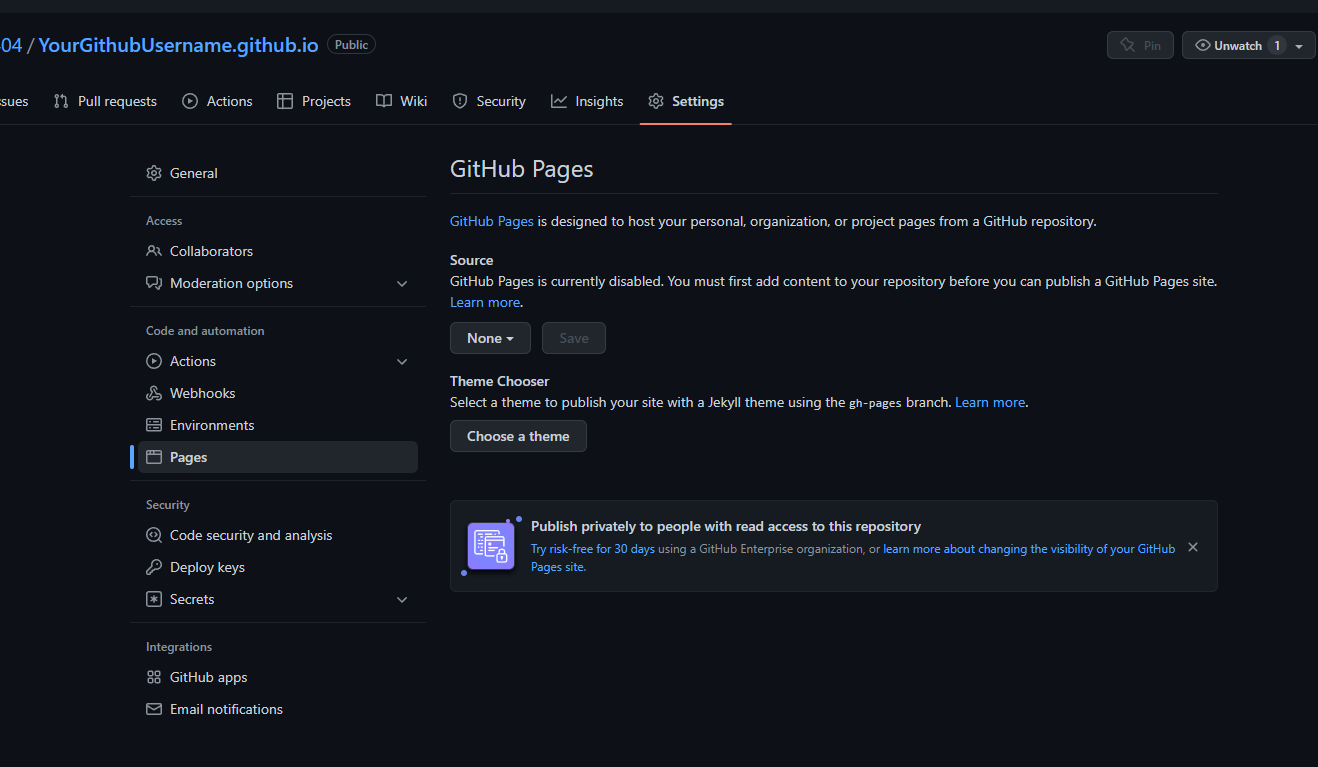

You can add more pages to your site by creating more new files. If you are publishing from a branch and your site has not published automatically, make sure someone with admin permissions and a verified email address has pushed to the publishing source.Ĭommits pushed by a GitHub Actions workflow that uses the GITHUB_TOKEN do not trigger a GitHub Pages build. To see your published site, under "GitHub Pages", click Visit site. In the "Code and automation" section of the sidebar, click Pages. If you cannot see the "Settings" tab, select the dropdown menu, then click Settings. Under your repository name, click Settings. For more information, see " Configuring a publishing source for your GitHub Pages site." Instead of adding the entry file to your repository, you may choose to have your GitHub Actions workflow generate your entry file when the workflow runs.Ĭonfigure your publishing source. If your publishing source is a GitHub Actions workflow, the artifact that you deploy must include the entry file at the top level of the artifact. For example, if your publishing source is the /docs folder on the main branch, your entry file must be located in the /docs folder on a branch called main.

If your publishing source is a branch and folder, the entry file must be at the top level of the source folder on the source branch. GitHub Pages will look for an index.html, index.md, or README.md file as the entry file for your site. For more information, see " Configuring a publishing source for your GitHub Pages site."Ĭreate the entry file for your site. On GitHub, navigate to your site's repository.ĭecide which publishing source you want to use. For more information, see " About repositories." If you have sensitive data in your site's repository, you may want to remove the data before publishing. Warning: GitHub Pages sites are publicly available on the internet, even if the repository for the site is private. If you're not creating your site in an existing repository, see " Creating a repository for your site."

Select Initialize this repository with a README.īefore you can create your site, you must have a repository for your site on GitHub. If your user or organization name contains uppercase letters, you must lowercase the letters.įor more information, see " About GitHub Pages."Ĭhoose a repository visibility. If you're creating a user or organization site, your repository must be named. Type a name for your repository and an optional description. Use the Owner dropdown menu to select the account you want to own the repository. In the upper-right corner of any page, use the drop-down menu, and select New repository.

If you want to create a site in an existing repository, skip to the " Creating your site" section.
CREATING GITHUB PAGES FREE
If the account that owns the repository uses GitHub Free or GitHub Free for organizations, the repository must be public. For example, you can have a dedicated branch and folder to hold your site source files, or you can use a custom GitHub Actions workflow to build and deploy your site source files. If you want to create a GitHub Pages site for a repository where not all of the files in the repository are related to the site, you will be able to configure a publishing source for your site. You can either create a repository or choose an existing repository for your site. For more information, see " Managing the publication of GitHub Pages sites for your organization." Creating a repository for your site Note: Organization owners can restrict the publication of GitHub Pages sites from repositories owned by the organization.


 0 kommentar(er)
0 kommentar(er)
